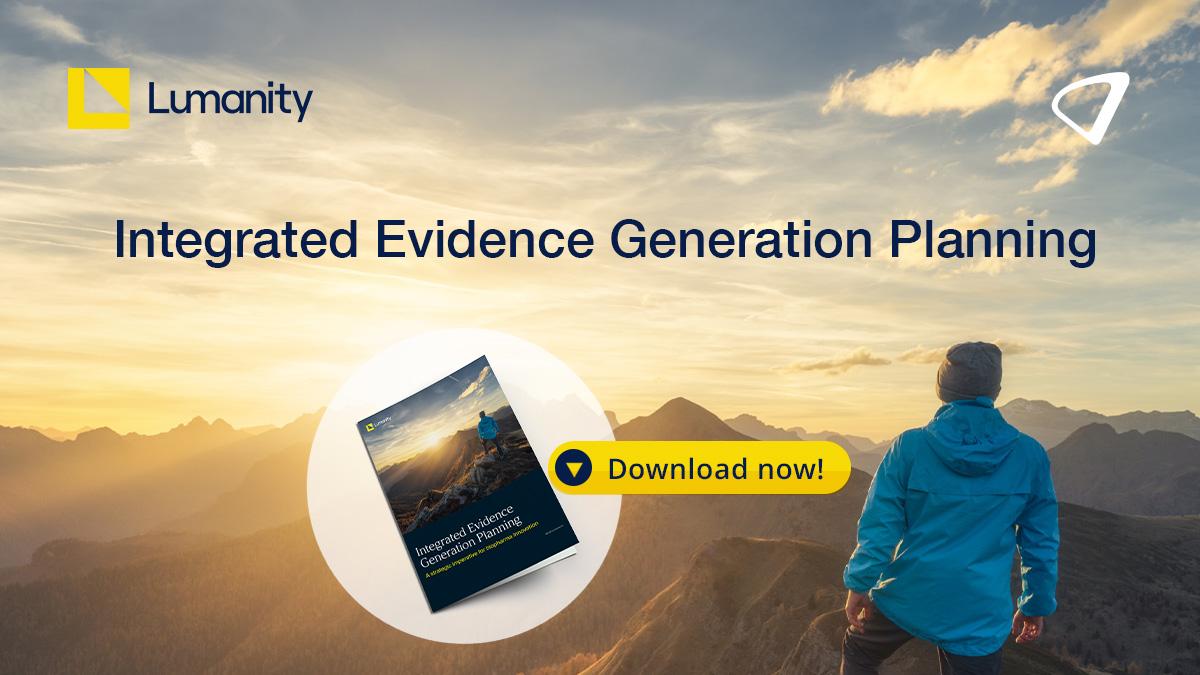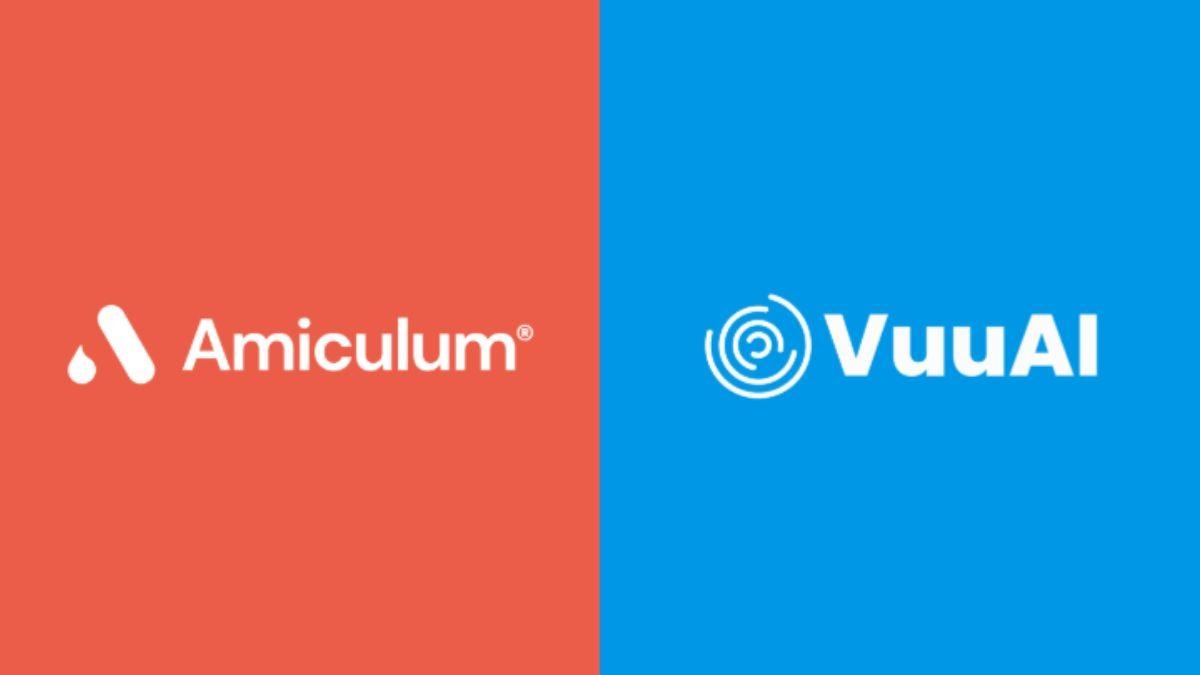Optimising customer experience in global medical information installations: Part One

Global alignment of medical information services is tough. You must address the myriad, unique regulations and privacy issues of multiple countries and, many times, regions within countries along with a general lack of coordination between different healthcare systems. Staffing to cover the many spoken and product label languages, and differing medical terminology across regions where patient volume is low, can take a toll on the service levels you want to deliver.
This then begs the question: faced with these challenges, how can you deploy a shared service model where representatives are engaged and of high quality without skyrocketing costs? What should your capacity and resourcing models look like?
These concerns, and more, are almost secondary to the major issues revolving around data sharing and its access across borders. As a result, many organisations have developed global medical information services that are siloed to a particular county or region, missing out on the efficiencies that arise from some consolidation. With the need for MI services expanding throughout the globe, it is becoming increasingly important to find methodologies to increase global efficiencies while optimising the customer experience.
This article will look at how to approach the challenge, taking into account many different scenarios.
First steps in achieving optimisation and efficiencies in true globalised solutions
Engaging all stakeholders in the process of establishing a global MI service is key to its overall success. Each region-specific stakeholder has a unique point of view and set of expectations, further complicated by local regulations that must be met. Any of these factors can easily create obstacles to a globalised MI model.
Therefore, to achieve the best outcome, you must commit to significant upfront work with stakeholders to assess and document all their needs and concerns. It is critical to not only understand the challenges stakeholders face from the very beginning, but to solidify their partnership in the process in order to establish a global MI service exceeding expectations and optimising customer experience.
Once this upfront work is complete, the challenges to overcome and the individual region requirements will be evident, and one can start to build an implementation model.
The ideal global MI implementation model
To create an efficient, optimised implementation of global MI services, you should follow the model of consult, create, activate, and then innovate, drawing upon the groundwork established by the upfront needs and concerns assessment. In so doing, establishing a global MI contact centre that is efficient, scalable, exceeds desired outcomes, and is built on a strong foundation and stakeholder buy-in, can be relatively painless.
Consult
In this phase, you design the approach and establish objectives to create an strategic vision aligned with stakeholders. You should conduct an audit of existing internal processes, including training, quality, and data, while keeping in mind country or region requirements and differing expectations. This audit will pave the way in finding commonalities where processes or materials can be shared across regions.
Typical questions in the audit process would be ‘What are gaps and pain points today?’ and ‘Are these activities defined locally, regionally, or shared across the entire organisation?’ Other important questions include: ‘How are trends recognised and addressed?’ and ‘How are insights gathered and tracked?’. Answers to these will provide great insight into the challenges prior to implementing changes.
Throughout this consult phase, you should look for consistency, and if there is no consistency today across regions, where can that be put in place and processes standardised? Addressing opportunities for scaling in light of stakeholder expectations, and language and cultural differences, is also important.
Any obstacles discovered are now opportunities to develop strategic and creative ways to address a solution. The goal should be to make the globalised model consistent where possible, while still adapting to and celebrating differences within each country. Respecting those differences truly engages the stakeholders, making it ultimately easier to run the service.
Create
Now the goal is to structure a bespoke project plan to proactively address internal audit findings, taking into account scalability and regional variations. You should also work to ease the burden of implementation activities being respectful of stakeholder time investment.
You look for opportunities to leverage existing resources, select optimal service hubs, and outline implementation activities accommodating the necessary regional differences across various workstreams and stakeholders; all supported by gated decisions to mitigate risk.
The key to success in this phase is ensuring that the project plan proactively suggests efficiencies and accounts for flexibility to meet business needs. Any obstacles raised during the upfront needs assessment should be addressed in order to reduce potential impact to business and stakeholder time.
It is also important to think beyond the idea of “contact centre” when creating the global MI plan. You should look for areas where there might be cost savings, and ways to leverage technology and create efficiencies by optimising people, processes, and technology, all while remaining agile to address changes in the marketplace.
Activate
Here is where the developed plan is launched, with stakeholders engaging every step of the way. You should establish global oversight with key decision points and defined milestones, utilising local expertise to ensure that consistency, compliance, innovation, and customer centricity needs are met.
Once the plan is in place, there is a need to establish the necessary meeting frequency, the process and frequency for the sharing of data and insights, and the methodology for documenting key milestones. Lessons-learned exercises to address challenges in real time allow a continuous improvement framework, and show value to stakeholders. Feedback loops and insights forums should be integrated, along with data-driven analyses to identify bottlenecks and streamline processes. Transforming these into actionable insights can then rectify inconsistencies and inefficiencies, particularly when working globally across regions.
Innovate
As these global MI services take hold, innovation can be the next logical progression for many. Here organisations would tap the technology and AI platforms that are being developed to increase efficiency. Each program will implement this phase differently as part of its MI centre life cycle, knowing that the right innovation varies depending on the type of inquiries made. Centres with more written inquiries, would tap different technology than that used by centres with more verbal inquiries.
Translating a need for AI and other technology platforms into action continues to be a significant hurdle for MI. The first step on deciding what technology to use can kill the initiative before it gets started. Is it voice analytics? Is it sentiment analysis? Is it automated responses? Is it purely just a really good website with signposting to information? Is it machine learning to catalogue information? There are so many different avenues to pursue, and finding a piece of technology that satisfies everything is very difficult. The variations and cost to implement can be overwhelming when one considers potentially supporting 30 sets of programs in 30 languages in relatively low volumes, and a return on investment based on saved headcount and resources that takes years to realise.
As a result, innovation which taps technology and AI is happening slowly in MI, if at all. Yet, there will come a time when MI will need to jump in or be seriously left behind. Understanding what is out there and how it could be implemented is an important first step.
About the author
 Caitlin Feuerstein is a business unit director at Inizio Engage, specialising in global medical information. With over 12 years at the organisation, she is responsible for driving operational excellence, overseeing project performance, and leading strategic initiatives. She is committed to delivering high-quality, effective solutions that meet client needs by guiding her team through positive change. Her innovative approach to organisational operations earned her the company’s “We Ask What If?” award in 2025.
Caitlin Feuerstein is a business unit director at Inizio Engage, specialising in global medical information. With over 12 years at the organisation, she is responsible for driving operational excellence, overseeing project performance, and leading strategic initiatives. She is committed to delivering high-quality, effective solutions that meet client needs by guiding her team through positive change. Her innovative approach to organisational operations earned her the company’s “We Ask What If?” award in 2025.












